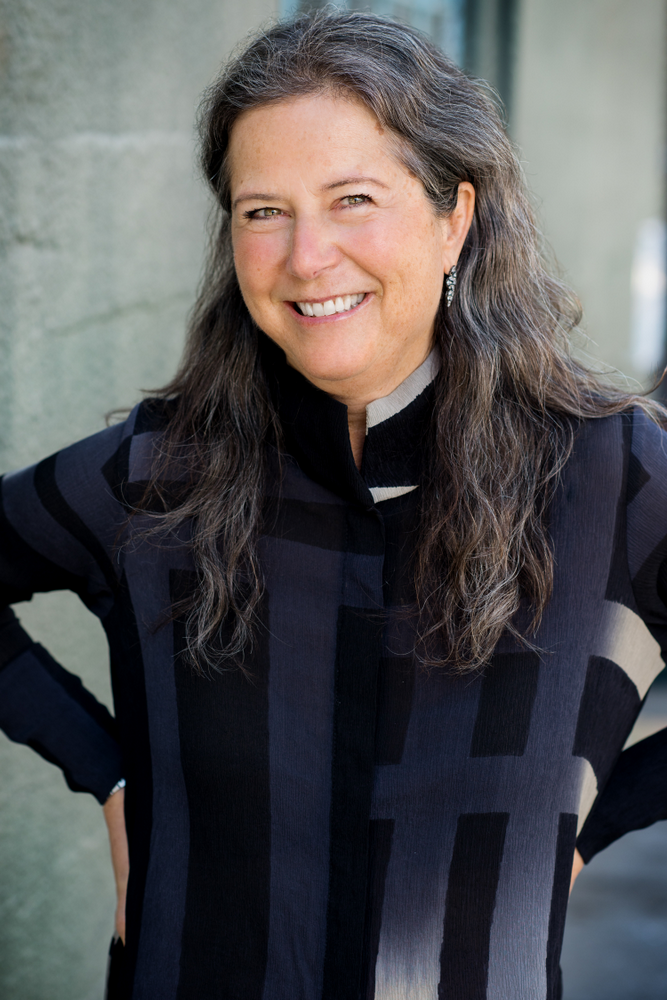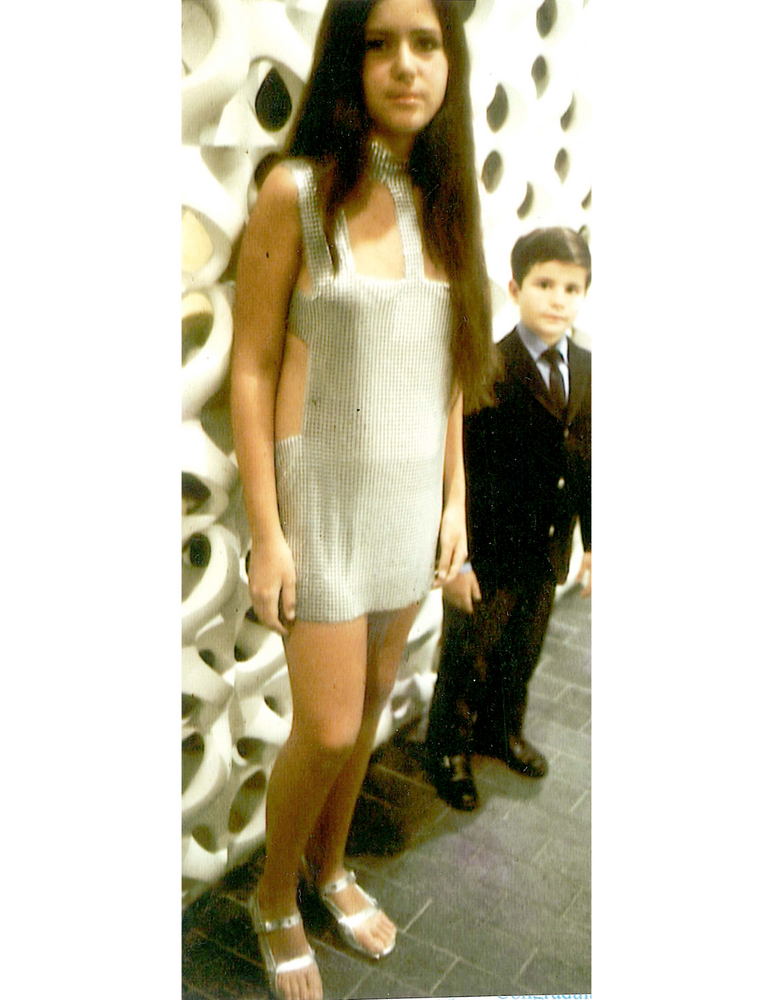Editor’s Note: The She Word is a Keyword series all about powerful, dynamic and creative women at Google. Intrigued by the unique aesthetic of Google’s new family of hardware devices released in October, we sat down with the woman who leads the design team: Ivy Ross. In the interview below, she shares with us how she approaches design at work, and life outside of work.

How do you explain your job at a dinner party?
I lead a team that creates how a Google product—including Google Home, the Pixel laptop and wearables—looks, feels and acts when you hold it in your hands.
What advice would you give to women starting out in their careers?
Be fearless in using your heart and mind in what you do, and bring more beauty into the world.
Who has been a strong female influence in your life?
My daughter. Seeing the world through her eyes at various stages of her life has given me a “beginner’s mind” in much of what I do.
What did you want to be when you grew up?
I’ve always wanted to be a designer/maker. My dad, who had a big influence on me, was an industrial designer and built the house I grew up in—the house was so ahead of its time that Andy Warhol used it to shoot a movie back in the late 70’s.
When I was 12 years old, I made a dress out of chain mail metal and wore it to a bar mitzvah. I linked together thousands of metal squares that made up the dress, designed a necklace that attached to the dress, and made a purse out of the chain mail to match. Even back then, I was designing for efficiency! Instead of bringing needle and thread in case the dress ripped, I carried a screwdriver.

What is one habit that makes you successful?
Trusting my instincts on both people and ideas.
How is designing hardware different than designing software?
Unlike software, you can’t fix hardware through a new release or update. You need more time up front because once something is tooled, you can make very few adjustments.
What is the most important design principle for Google’s hardware?
Human. By that I mean friendly, emotionally-appealing and easy to fit into your life and your home. I believe more time we spend in front of flat screens, the more we’ll crave soft and tactile three-dimensional shapes. This is reflected in the fabric in Home Mini, Home Max and Daydream View, the texture of Pixel phones and Pixel Books, and the soft silicon pad where you rest your wrist while typing on the PixelBook.
Are there any design innovations you’re especially proud of in this year’s hardware lineup?
The way we used fabric for Home Mini was not an easy path. It required special construction to accomplish the simplicity of the form with great acoustics. Some of the things that look the simplest can actually be the hardest to construct! I’m proud that we created a beautiful group of products without sacrificing their function.
I’m proud that we created a beautiful group of products without sacrificing their function.
Where do you find inspiration for your work?
I don’t spend much time looking at other electronics beyond what I need to understand about the market. You can’t create anything new by only looking within your own category so I draw inspiration from art, materials, furniture, music, nature and people. My dad taught how to look at something and see more than what appears on the surface.
You're also a jewelry designer with big accomplishments at a young age. What did you learn from that?
Having gotten my work in museums around the world by age 25, I realized that life is not about the end goal, it’s about the journey and the adventure along the way with others.